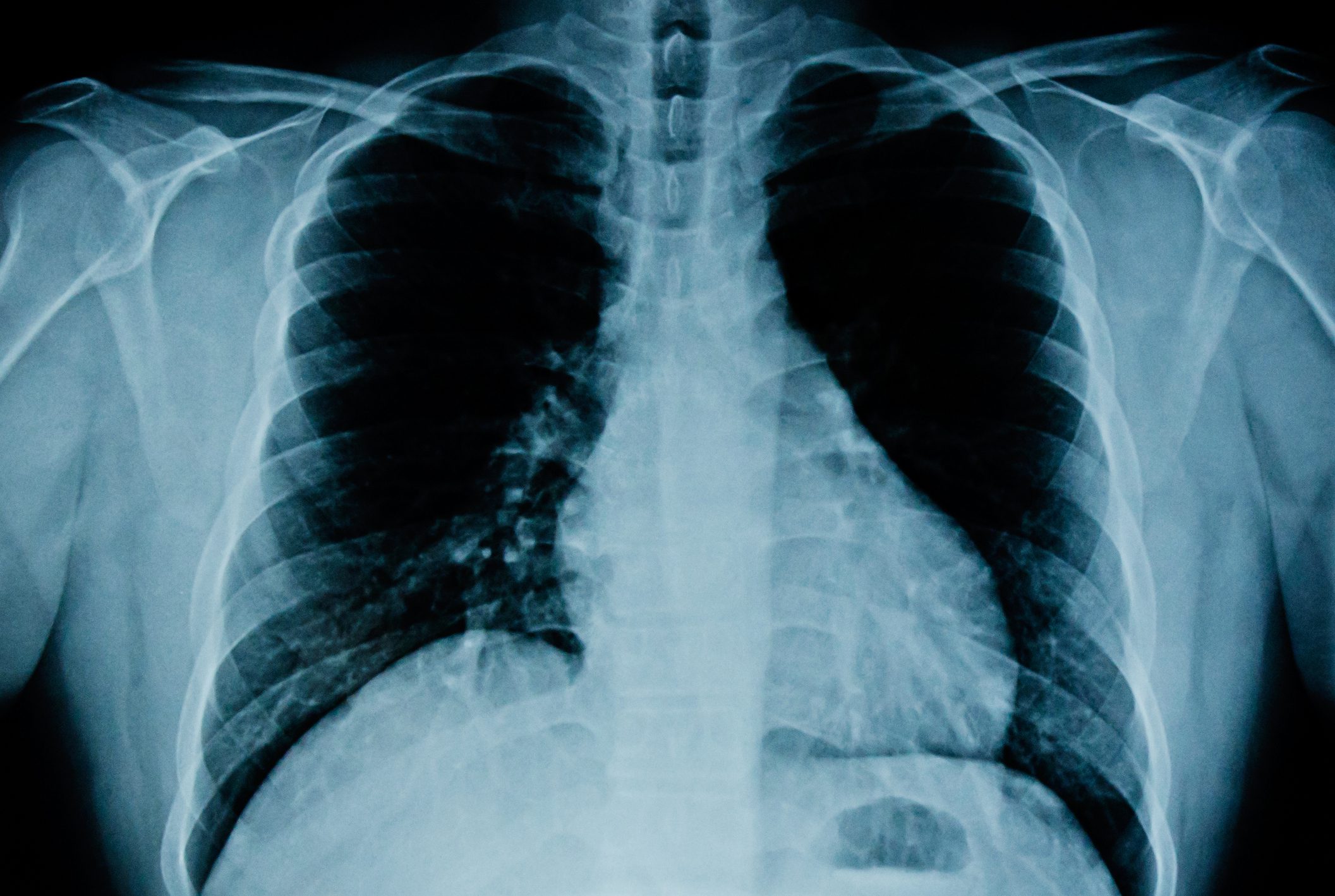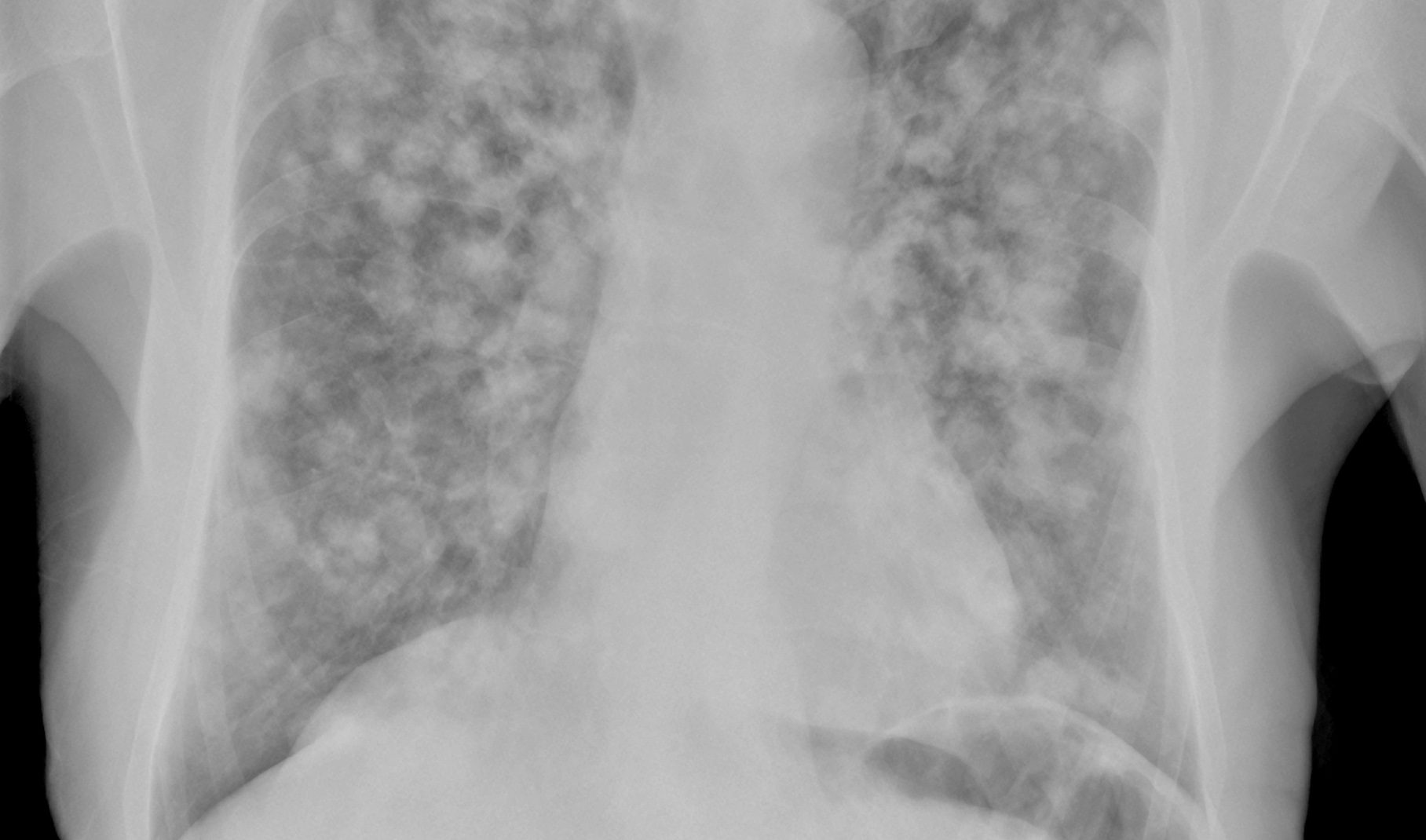Atrial fibrillation is the most common persistent cardiac arrhythmia in adults. In the new guidelines for the management of atrial fibrillation, the European Society of Cardiology (ESC) pays particular attention to the protection against strokes. The decision for oral anticoagulation is now gender-independent and is based on the CHA2DS2-VA score.
The guideline presented at the ESC Annual Congress in London by van Gelder et al. was published in the European Heart Journal [1]. PD Dr. med. Patrick Badertscher, Consultant Cardiologist, University Hospital Basel, presented important points of the guideline with a focus on stroke prevention in his lecture at the FomF GP Training Days [2]. “Atrial fibrillation is by far the most common cardiac arrhythmia,” said the speaker, adding: “1 in 3 people will suffer from atrial fibrillation at some point in their lives” [2]. And it is well known that atrial fibrillation is a significant risk factor for paroxysmal, persistent or permanent thromboembolism [1].
AF-CARE guide instead of ABC guide
Untreated and depending on other patient-specific factors, the risk of ischemic stroke in atrial fibrillation is increased fivefold, and one in five strokes is associated with atrial fibrillation [1,3]. The efficacy of oral anticoagulants in preventing ischemic stroke in patients with atrial fibrillation is well established [4,5]. The use of antiplatelet agents alone (aspirin alone or combined with clopidogrel) is not recommended for stroke prevention in atrial fibrillation [6,7]. The previous ABC guideline of the previous version of the ESC guideline published in 2020 has been expanded by the new AF-CARE guideline, which places an even stronger focus on the comprehensive treatment of the entire patient instead of concentrating solely on the treatment of atrial fibrillation [1]. The acronym AF(Atrial Fibrillation)-CARE refers to the following points:
- C (Comorbidity and risk factor management) = Comorbidity and management of risk factors
- A (Avoid stroke and thromboembolism) = Avoid strokes and thromboembolism
- R (Reduce symptoms by rate and rhythm control) = Symptom reduction through rate and rhythm control
- E (Evaluation and dynamic reassessment) = Evaluation and co-assessment of dynamics
CHA2DS2VAscore: Gender no longer a criterion
The guideline suggests using locally validated tools or the CHA2DS2VAscore to assess the risk of thromboembolism [1,8]. In addition, other risk factors should be regularly reassessed as a basis for the decision to prescribe anticoagulants. The use of oral anticoagulants is recommended for all eligible patients except those at low risk of stroke or thromboembolism. A class I recommendation for anticoagulation is available from a CHA2DS2-VA score ≥2. If the score is 1, the risk must be weighed up as to whether or not to anticoagulate [1,2]. Recently, these recommendations apply regardless of gender, according to Dr. Badertscher [2]. The reason why gender is no longer a criterion in the CHA2DS2-VA score has to do with the fact that gender is not necessarily a risk factor, but rather age.
The CHA2DS2-VA score is made up of the following weighted parameters:
- Congestiveheart failure = heart failure (1 point)
- Hypertension= hypertension (1 point)
- Age >75 = Age >75 years (2 points)
- Diabetesmellitus (1 point)
- Stroke/TIA= stroke/transient ischemic attack (2 points)
- Vasculardisease = vascular disease (e.g. PAD, previous myocardial infarction, severe calcification of the aorta)
- Age: 65-74 = age 65-74 years (1 point)
The speaker drew attention to the fact that the following conditions are subsumed under “vascular disease”:
- Peripheral arterial occlusive disease (PAD)
- Varicosis
- Status after myocardial infarction
- significant coronary heart disease (CHD) with evidence of >50% stenosis (CT, coronary angiography)
- Carotid stenosis
- Aortic plaque on CT
- Aortic aneurysm
- Angina pectoris
Use DOAK or vitamin K antagonist?
Direct oral anticoagulants (DOACs) are an alternative to vitamin K antagonists (VKAs). DOACs are direct coagulation inhibitors, i.e. they bind rapidly, highly specifically and reversibly to the activated coagulation factor F IIa (thrombin inhibitor dabigatran) or F Xa (direct F Xa inhibitors / DXI, “-xabane”) [18].
It is generally recommended that DOACs (apixaban, dabigatran, edoxaban and rivaroxaban) are preferred over vitamin K antagonists (phenprocoumon, acenocoumarol, warfarin), except in patients with mechanical heart valves and mitral stenosis. “Mitral stenosis is very rare in our latitudes,” reported Dr. Badertscher [2]. In patients with a heart valve, VKAs are the gold standard, as studies have shown that more thromboses have occurred with DOACs [2]. In general, it is recommended to use the full standard dose for DOACs unless the patient meets specific criteria for dose reduction (e.g. with regard to renal function, age, weight or co-medication). When using VKAs, the guideline advises keeping the INR (International Normalized Ratio) at 2.0-3.0 and >70% of the time in the target range. In cases where there is a risk of intracranial bleeding or poor control of the INR level, a change from a VKA to a DOAC should be made. Additional modifiable bleeding risk factors (e.g. non-steroidal anti-inflammatory drugs on top of DOACs) should be avoided. “And risk scores should no longer be used to stop anticoagulation,” said the speaker [2]. Another important point is that, as a rule, oral anticoagulants should not be combined with antiplatelet agents unless the patient has an acute vascular event or requires transitional treatment as part of certain procedures.
Why are DOACs generally preferable?
In large studies in patients with atrial fibrillation or deep vein thrombosis and pulmonary embolism, DOACs have shown a significantly better safety profile compared to VKAs with comparable efficacy.
According to Dr. Badertscher, there is less bleeding, in particular less intracranial bleeding.
This is based on meta-analyses of the large DOAC-
approval studies, in which risk reductions for clinically relevant endpoints such as ischemic stroke, VTE recurrence, cerebral hemorrhage, severe bleeding or death were demonstrated [5,9].
Two DOACs are approved in Switzerland, which are administered once daily (rivaroxaban, edoxaban) or twice daily (apixaban, dabitgatran) (Table 1) [1,2].
With regard to the frequently asked question as to which DOAC is best, the speaker mentioned that there has been no head-to-head study to date [2].
When comparing active substances on the basis of different studies, it should be borne in mind that the study population is usually not comparable.
In this context, it should be borne in mind that the absolute event rates of DOACs correlate with the risk score: The higher the score, the higher the event rate [10–13].
Despite a lower CHADS2 score, significantly higher bleeding rates were observed in the VKA arm of the ARISTOTLE study [10,14].
And in order to demonstrate a 10% difference in bleeding risk between rivaroxaban and apixapan in a randomized study, 85,000 patients would have to be followed up for a period of 5 years, as Ferro et al.
stated in an editorial published in 2021 [15].
As far as retrospective database analyses are concerned, their results are significantly influenced by the statistical method.
Therefore, drug comparisons based on such data should be avoided, according to Fanaroff et al.
in a publication published in 2018 [16].
Dose adjustment for impaired renal function
According to current knowledge, direct FXa inhibitors can also be used in renal insufficiency, whereby the following dose adjustments are recommended [18]:
- Apixaban: from 2× 5 mg to 2× 2.5 mg, for indication atrial fibrillation with serum creatinine ≥133 µmol/l plus a further criterion (age ≥80 years and/or weight ≤60 kg)
- Edoxaban: from 1× 60 mg to 1× 30 mg, for indication atrial fibrillation or VTE therapy with GFR ≤50 ml/min
- Rivaroxaban: from 1× 20 mg to 1× 15 mg, for indication atrial fibrillation with GFR ≤50 ml/min.
In terminal renal failure (GFR <15 ml/min), the use of any DOACs is not recommended, as this patient population was excluded from approval studies and no relevant data are available [2,18]. As a drop in creatinine clearance can occur rapidly in moderate renal failure in the context of an acute illness or polypharmacy, many people already refrain from using dabigatran at a GFR <40 ml/min. A GFR <50 ml/min requires a dose reduction from 2× 150 mg to 2× 110 mg if renal function is further impaired. “In patients with impaired renal function, DOACs are still safe, but they require dose adjustment,” concluded Dr. Badertscher [2]. And what about patients with liver disease? Liver disease can impair hepatic clearance and is associated with an increased risk of bleeding. DOAC treatment is considered contraindicated in advanced liver disease that is associated with clinically manifest coagulopathy and clinically relevant bleeding risks, such as cirrhosis in Child-Pugh stage C. In the case of rivaroxaban, the use of a DOAC is already advised against in Child-Pugh stage B [18].
Congress: FomF General Practitioner Training Days (Basel)
Literature:
- Van Gelder, et al: 2024 ESC Guidelines for the management of atrial fibrillation developed in collaboration with the (EACTS): Developed by the task force for the management of atrial fibrillation of the ESC, with the special contribution of the EHRA of the ESC. Endorsed by the European Stroke Organization (ESO), European Heart Journal, 2024;, ehae176,
https://doi.org/10.1093/eurheartj/ehae176. - “Anticoagulation”, PD Dr. med. Patrick Badertscher, FomF, GP training days, 05.-06.09.20204.
- Wolf PA, Abbott RD, Kannel WB: Stroke 1991; 22: 983-988.
- Hart RG, Pearce LA, Aguilar MI: Ann Intern Med 2007; 146: 857-867.
- Ruff CT, et al: Lancet 2014; 383: 955-962.
- Sjalander S, et al: Europace 2014; 16: 631-638.
- Connolly SJ, et al: N Engl J Med 2011; 364: 806-817.
- “2024 Essential Messages from ESC Guidelines Clinical Practice Guidelines Committee”, %20Messages_2024%(last accessed 16.09.2024).
- Chai-Adisaksopha C, et al: J Thromb Haemost 2015; 13(11): 2012-2020.
- Hohnloser SH, et al: Eur Heart J 2012; 33(22): 2821-2830.
- Bohula EA, et al: Circulation 2016; 134(1): 24-36.
- Fox KA, et al: Eur Heart J 2011; 32(19): 2387-2394.
- Yao X, et al: Am J Cardiol 2017; 120(9): 1549-1556.
- Turpie AGG, Purdham D, Ciaccia A: Ther Adv Cardiovasc Dis 2017; 11(9): 243-256.
- Ferro EG, Kazi DS, Zimetbaum PJ: JAMA 2021; 326(23): 2372-2374.
- Fanaroff AC, et al: Eur Heart J 2018; 39(32): 2932-2941.
- Swissmedic: Medicinal product information, www.swissmedicinfo.ch,(last accessed 17.09.2024)
- “Neue/Direkte orale Antikoagulantien (DOAK)”, Andrea Rosemann and the IHAMZ Guideline Group, https://guidelines.fmh.ch/downloads/19190258/download-de.pdf (last accessed 18.09.2024).
CARDIOVASC 2024: 23(3): 18–20 (veröffentlicht am 4.10.24, ahead of print)
HAUSARZT PRAXIS 2024; 19(10): 32–33













